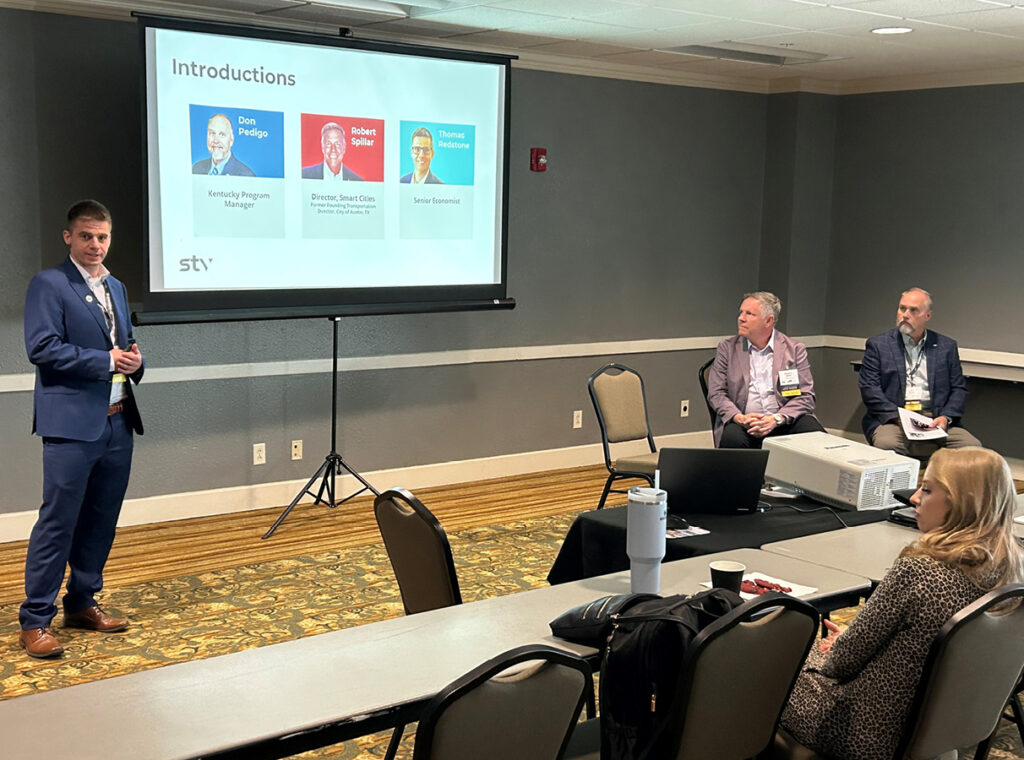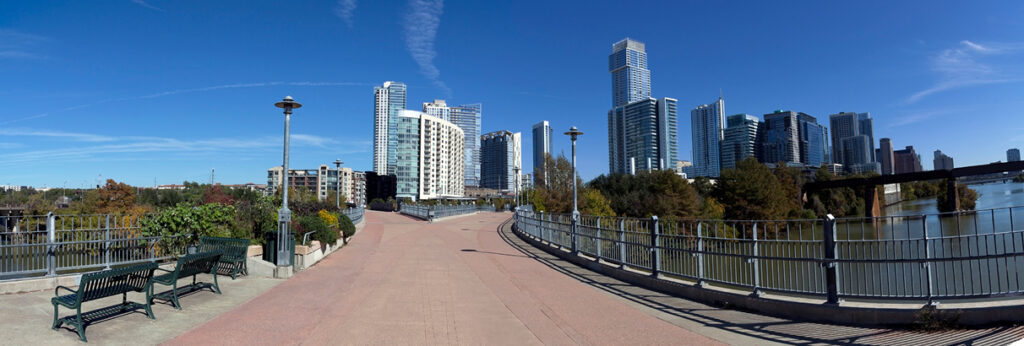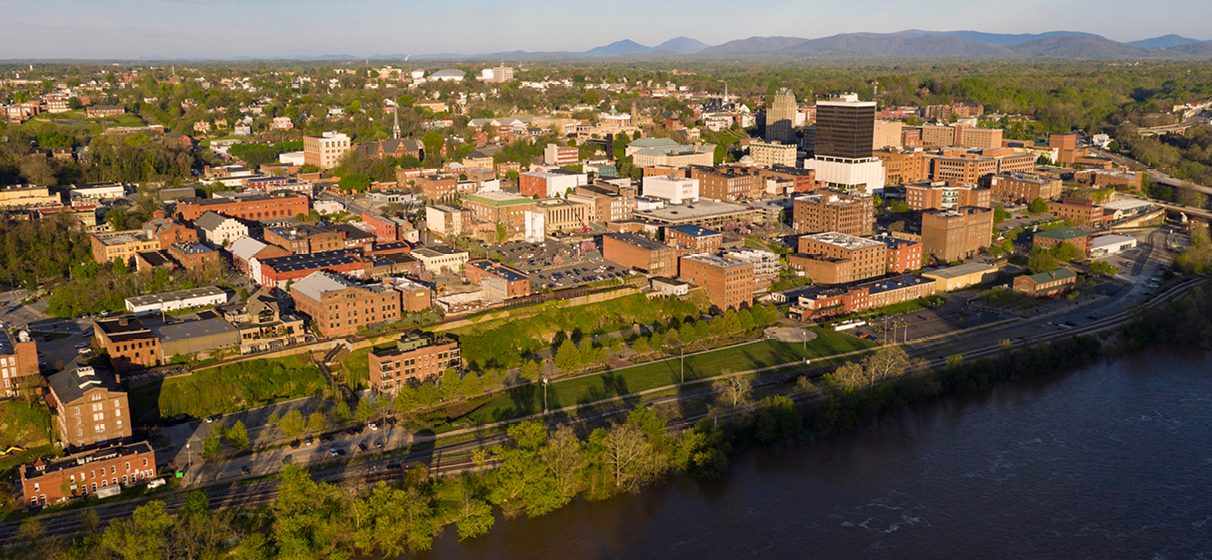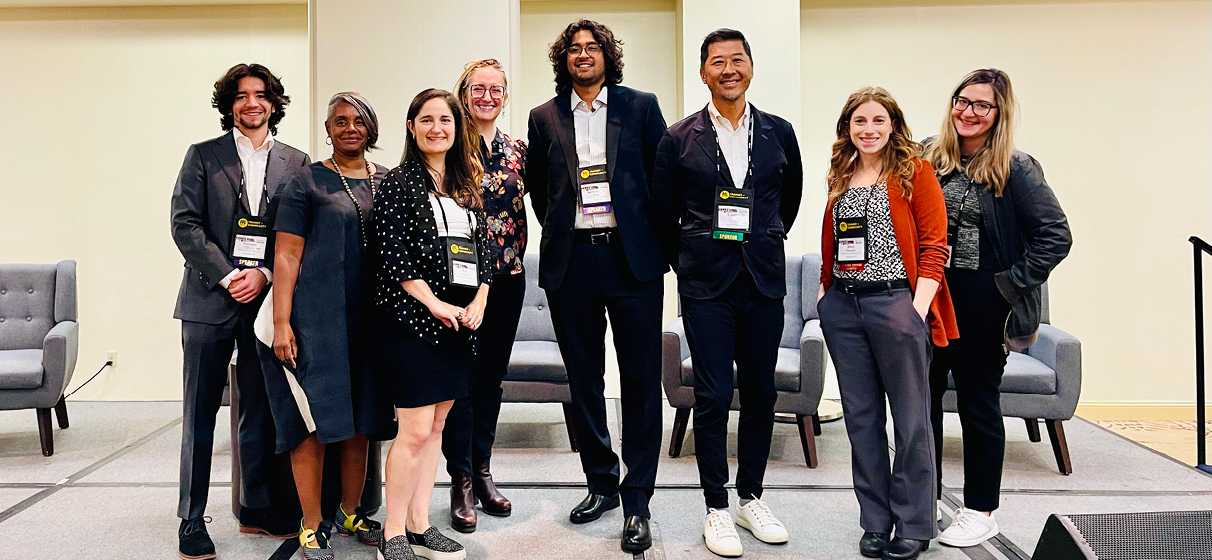Today, the private sector’s role in public infrastructure development is more dynamic – and more necessary – than ever before. Across the United States, aging bridges, strained transit systems and outdated water and power facilities are highlighting the urgent need for more robust, modern infrastructure. Yet, a gap still exists between available funding and funding needs, creating new challenges, and opportunities, for partnerships between public agencies and private enterprise.
During a recent presentation to the Kentucky Association for Economic Development, STV’s team discussed strategies and approaches to identify funding streams and partnering opportunities with local business and infrastructure leaders.
Kentucky and neighboring states, including Tennessee, Georgia and South Carolina have emerged as national leaders in using infrastructure investment as a catalyst for broader economic development. Kentucky specifically is in the midst of an industrial development boon, driven primarily by the redevelopment of mega-sites for advanced manufacturing like electric vehicle battery plants and aerospace suppliers. In these circumstances, developers often need a strategy that includes investment in new roads, utilities and workforce training centers.
The lessons and strategies discussed in this presentation can be applied to all states across the country. Our team is stressing that agencies should think creatively about their funding strategy. Grants – and grants alone – are likely not going to be enough to fund and advance a project but are rather one piece of a larger integrated investment plan.

Partnerships, whether they be public-private, public-public or public-private district partnerships, are essential foundation in both identifying and securing funding and ultimately delivering on infrastructure improvements for a community. When a public agency or developer comes forward with an idea for infrastructure program, it is in their best interest to identify partners with similar or parallel objectives – including economic development districts – as a crucial first step.
Regarding grants, namely federal grants, even when there is a historic amount of public funding available – i.e. in the years following the passage of 2021’s Bipartisan Infrastructure Law – the federal grant applications can be burdensome and defined by a competitive application process, cumbersome match requirements and long lead times even for shovel-ready projects.
In building infrastructure investment plans, we’re advising clients to define funding needs for larger, more compelling programs, as compared to at the project-by-project level. For example, a proposal for an inter-modal hub that provides heavy vehicle charging, rest facilities, a data center, full utility access and safety improvements is more conducive to partnering and funding than a new truck parking lot with minimal amenities. Or, if a municipality is having a difficult time securing a grant for a single piece of civil infrastructure like a bypass, they could bundle their program as an economic development opportunity, i.e. a complete street beautification program that also includes that bypass and find more outlets for funding. That’s because when a project is defined comprehensively and holistically, it can expand Federal grant options. Further, bundling or paring projects strategically can provide a potential opportunity to use a state grant as a match for a subsequent federal grant application.
Additionally, we’re also working with our clients to be more innovative in how they approach their funding plans. Instead of grants, some cities and municipalities lean heavily on voter-approved bonds to fund infrastructure improvements. Once a bond is approved, a project owner could then pursue a grant to provide supplemental funding for a specific project or program, and then reassign that bond funding for another similar program. We are also seeing a rise in municipalities creating and leveraging revolving funds – an appropriation that allows an agency to fund an operation by collecting money such as user fees or proceeds from the sale of goods or services. Other options include establishing a dedicated tax or incentives such as tax increment financing tools to finance investments or contribute to local matches for grants.

Of course, most, if not all of these investment strategies come back to partnerships. Partnering can often result in lower borrowing costs for a public agency. And they can also create a lot of innovation in terms of funding mechanisms. We highlighted cities like Denver, which allow on-technology advertising to generate revenue. In Austin, TX, the city partners with business and neighborhood-based organizations to form districts focused on economic development and local infrastructure needs. In return for this support, the city shares revenue with the district to reinvest in pedestrian infrastructure and other improvements. We’re also seeing more and more communities, like Louisville, KY, leveraging parking management apps for street parking, thereby partnering with private businesses while also monetizing the right-of-way.
Regardless of the approach, the future of our infrastructure will be defined by how effectively we navigate the intersection of infrastructure needs, public resources, and private innovation. States are demonstrating that with smart planning, flexible funding approaches and private sector collaboration, infrastructure can be a springboard for regional prosperity. While the funding challenges are real, so too are the opportunities to create infrastructure that is more sustainable, higher-performing and more resilient for the next generation.









